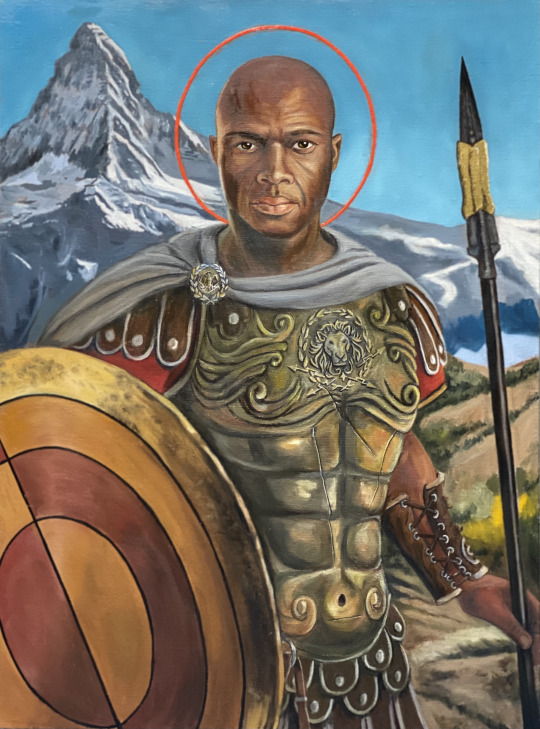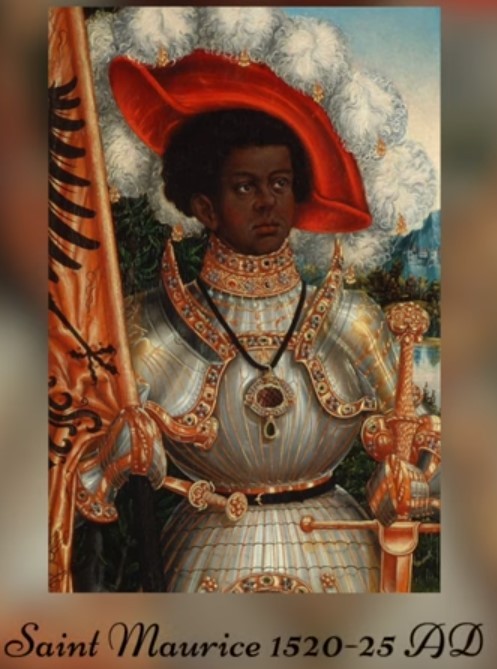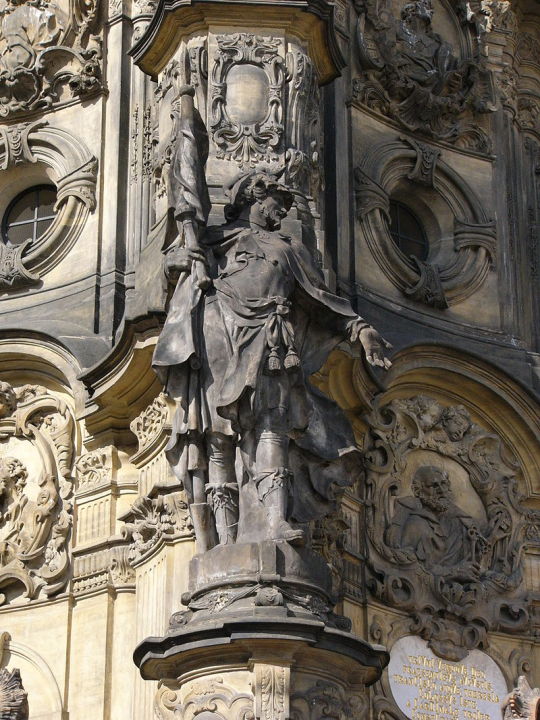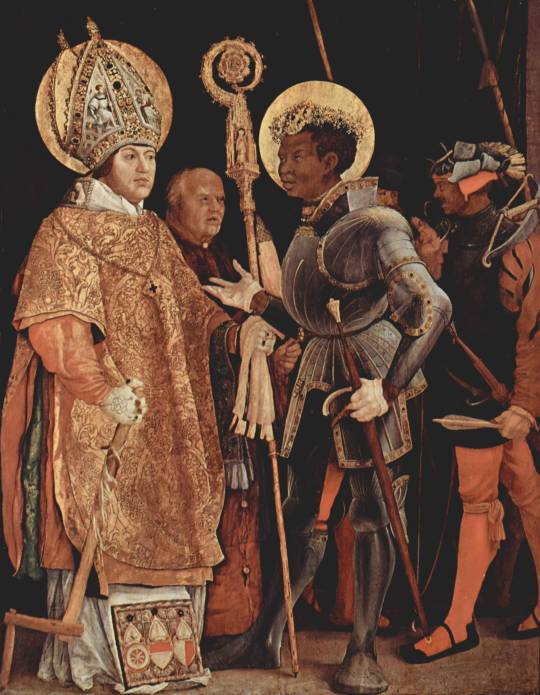#saint maurice
Photo
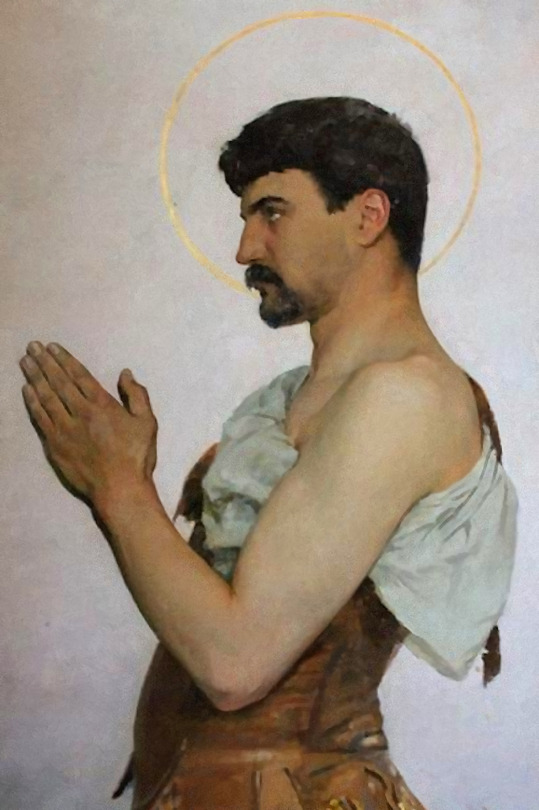
Martyrdom of Saint Maurice (detail), Gustave Courtois; French, 1852-1923
1K notes
·
View notes
Text

Saint Maurice
Sandstone statue with pigment and gold
Cathedral of Saints Maurice and Catherine, Madgeburg, Germany
ca 1250 CE
#art#archaeology#sculpture#medievaltimes#medieval art#medieval europe#saint maurice#african culture#african history#roman empire#roman history#stone carving#stone sculpture#sandstone
133 notes
·
View notes
Text

Can we just appreciate how fucking fab Saint Maurice/Morris/Moritz 's hair is in this painting by Matthias Grünewald (c. 1520)?
#Saint Maurice#Renaissance art#saints#Matthias Grünewald#pentiment#BECAUSE HE'S KINDA A BIG DEAL IN THAT GAME#Grunewald predicting Killmonger hair
21 notes
·
View notes
Text

Saint Maurice (also Moritz, Morris, or Mauritius; Coptic: Ⲁⲃⲃⲁ Ⲙⲱⲣⲓⲥ) was an Egyptian military leader who headed the legendary Theban Legion of Rome in the 3rd century, and is one of the favorite and most widely venerated saints of that martyred group. He is the patron saint of several professions, locales, and kingdoms.
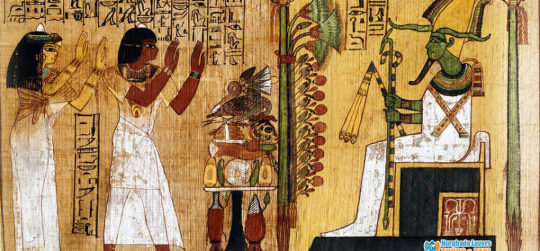
According to the hagiographical material, Maurice was an Egyptian, born in AD 250 in Thebes, an ancient city in Upper Egypt that was the capital of the New Kingdom of Egypt (1575-1069 BC). He was brought up in the region of Thebes (Luxor).
Maurice became a soldier in the Roman army. He rose through the ranks until he became the commander of the Theban legion, thus leading approximately a thousand men. He was an acknowledged Christian at a time when early Christianity was considered to be a threat to the Roman Empire. Yet, he moved easily within the pagan society of his day.
The legion, entirely composed of Christians, had been called from Thebes in Egypt to Gaul to assist Emperor Maximian in defeating a revolt by the bagaudae. The Theban Legion was dispatched with orders to clear the Great St Bernard Pass across the Alps. Before going into battle, they were instructed to offer sacrifices to the pagan gods and pay homage to the emperor. Maurice pledged his men's military allegiance to Rome. He stated that service to God superseded all else. He said that to engage in wanton slaughter was inconceivable to Christian soldiers. He and his men refused to worship Roman deities

Martyrdom
However, when Maximian ordered them to harass some local Christians, they refused. Ordering the unit to be punished, Maximian had every tenth soldier killed, a military punishment known as decimation. More orders followed, the men refused compliance as encouraged by Maurice, and a second decimation was ordered. In response to the Theban Christians' refusal to attack fellow Christians, Maximian ordered all the remaining members of his legion to be executed. The place in Switzerland where this occurred, known as Agaunum, is now Saint-Maurice, Switzerland, site of the Abbey of St. Maurice.
So reads the earliest account of their martyrdom, contained in the public letter which Bishop Eucherius of Lyon (c. 434–450), addressed to his fellow bishop, Salvius. Alternative versions have the legion refusing Maximian's orders only after discovering innocent Christians had inhabited a town they had just destroyed, or that the emperor had them executed when they refused to sacrifice to the Roman gods.
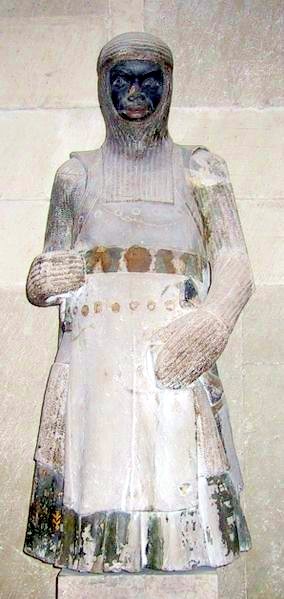
Veneration
Saint Maurice became a patron saint of the German Holy Roman Emperors. In 926, Henry the Fowler (919–936), even ceded the present Swiss canton of Aargau to the abbey, in return for Maurice's lance, sword and spurs. The sword and spurs of Saint Maurice were part of the regalia used at coronations of the Austro-Hungarian emperors until 1916, and among the most important insignia of the imperial throne (although the actual sword dates from the 12th Century). In addition, some of the emperors were anointed before the Altar of Saint Maurice at St. Peter's Basilica. In 929, Henry the Fowler held a royal court gathering (Reichsversammlung) at Magdeburg. At the same time the Mauritius Kloster in honor of Maurice was founded. In 961, Otto I, Holy Roman Emperor, was building and enriching Magdeburg Cathedral, which he intended for his own tomb. To that end,
in the year 961 of the Incarnation and in the 25th year of his reign, in the presence of all of the nobility, on the vigil of Christmas, the body of St. Maurice was conveyed to him at Regensburg along with the bodies of some of the saint's companions and portions of other saints. Having been sent to Magdeburg, these relics were received with great honour by a gathering of the entire populace of the city and of their fellow countrymen. They are still venerated there, to the salvation of the homeland.
Maurice is traditionally depicted in full armor, in Italy emblazoned with a red cross. In folk culture he has become connected with the legend of the Holy Lance, which he is supposed to have carried into battle; his name is engraved on the Holy Lance of Vienna, one of several relics claimed as the spear that pierced Jesus' side on the cross. Saint Maurice gives his name to the town St. Moritz as well as to numerous places called Saint-Maurice in French speaking countries. The Indian Ocean island state of Mauritius was named after Maurice, Prince of Orange, and not directly after Maurice himself.
Over 650 religious foundations dedicated to Saint Maurice can be found in France and other European countries. In Switzerland alone, seven churches or altars in Aargau, six in the Canton of Lucerne, four in the Canton of Solothurn, and one in Appenzell Innerrhoden can be found (in fact, his feast day is a cantonal holiday in Appenzell Innerrhoden).Particularly notable among these are the Church and Abbey of Saint-Maurice-en-Valais, the Church of Saint Moritz in the Engadin, and the Monastery Chapel of Einsiedeln Abbey, where his name continues to be greatly revered. Several orders of chivalry were established in his honor as well, including the Order of the Golden Fleece, Order of Saints Maurice and Lazarus, and the Order of Saint Maurice. Additionally, fifty-two towns and villages in France have been named in his honor.
Maurice was also the patron saint of a Catholic parish and church in the 9th Ward of New Orleans and including part of the town of Arabi in St. Bernard Parish. The church was constructed in 1856, but was devastated by the winds and flood waters of Hurricane Katrina on 29 August 2005; the copper-plated steeple was blown off the building. The church was subsequently deconsecrated in 2008, and the local diocese put it up for sale in 2011. By 2014, a local attorney had purchased the property for a local arts organization, after which the building served as both an arts venue and the worship space for a Baptist church that had been displaced following the hurricane.
On 19 July 1941, Pope Pius XII declared Saint Maurice to be patron Saint of the Italian Army's Alpini (mountain infantry corps). The Alpini have celebrated Maurice's feast every year since then.
The Synaxarium of the Coptic Orthodox Church of Alexandria does not mention Saint Maurice, although there are several Coptic churches named for him.
#african#deep reddish brown skin#north african#coptic#coptic orthodox#alexandria#catholic#roma#roman#gaul#saint maurice#moors#morr#moor#pope#pope pius xii#new orleans#south#south side#baptist#churc#church#egyptian#egypt#kemet#ta meri
207 notes
·
View notes
Photo

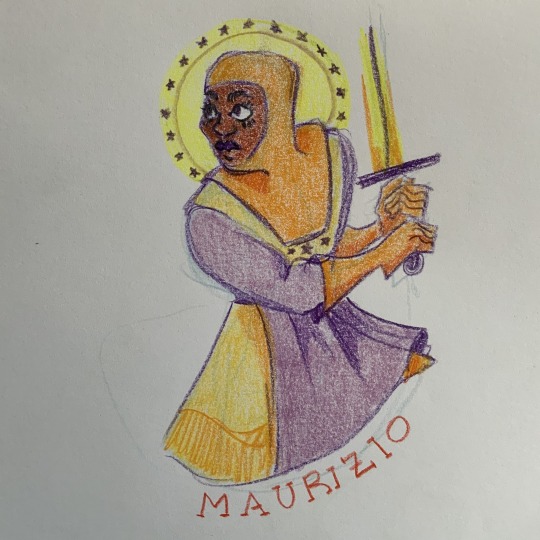

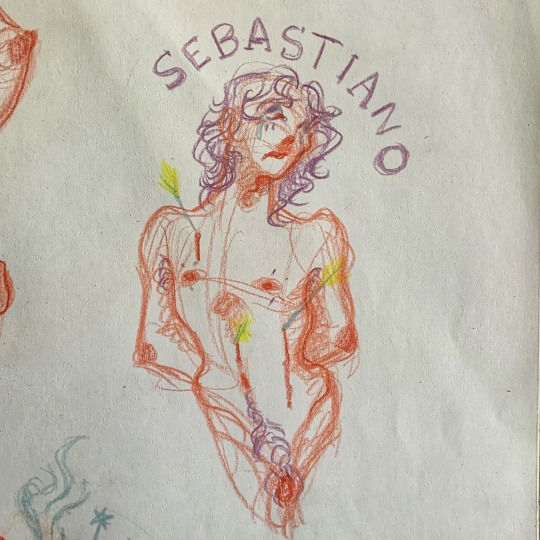

Some saints for you🩸(with no religious purpose)
#saint sebastian#joan of arc#saint michael#saint maurice#saint guinefort#saint lucy#archangel michael#christian mythology#art tag#sketches
299 notes
·
View notes
Text

Saint Maurice by Lucas Cranach the Elder and Workshop ca. 1520-1525, oil on linden
#lucas cranach the elder#oil painting#saint maurice#1500s#1500s art#16th century art#16th century#armor#armour#german art#german painters#german renaissance#renaissance art#renaissance#roman#catholic saints
22 notes
·
View notes
Photo

Saint Mauriceca. 1520–25
Lucas Cranach the Elder and Workshop, German
“A commander of the Roman legion, Maurice was martyred near Agaunum (in present-day Switzerland) in A.D. 280 or 300 for refusing to slaughter Christians. He was from North Africa, and in the thirteenth century in Germany he began to be shown as Black, influenced by the reign of the Emperor Friedrich II (1194–1250). Friedrich's vast territories comprised a diverse community of individuals, and his court in Sicily included Black advisors, soldiers, and musicians.”
Source
About St. Maurice
“St. Maurice is believed to have been an officer in a legion of Christian soldiers from Upper Egypt during the reign of Emperor Maximian Herculius, circa 287. His legion, Legio Thebiae (Theban Legion), is believed to have been composed of as many as 6,600 Egyptian Christian Copts who had been originally recruited from and stationed in Thebias in Upper Egypt. Maximian transferred the Theban Legion, among other imperial units, to Gaul in an effort to crush a Gaulish revolt. The entire Theban legion was massacred en masse by their own side when they refused to participate in pagan sacrifices at Aaunum, an area of modern Switzerland. The earliest surviving evidence for St. Maurice consists of a letter written during the early 5th century. It names a late 4th century bishop, Theodore of Octodurum, as the discoverer of the relics of St. Maurice and his companions. The fact that St. Maurice is said to have belonged to a legion called the Thebiae, which was stationed in northern Italy in the early 5th century at the latest, suggests that Theodore invented the story of St. Maurice in order to appeal to this legion for political reasons. One possibility is that he had been trying to persuade the legion not to accept the usurper Eugenius as their new emperor in 392.
Saint Maurice is one of the most popular saints in western Europe. There are over 650 sacred places bearing his name in France alone and over seventy towns bear his name. In the Middle Ages, Saint Maurice was the patron saint of a number of the dynasties of Europe and of the Holy Roman emperors, many of whom were anointed before the Altar of Saint Maurice at Saint Peter's Cathedral in Rome. King Sigismund of Burgundy donated land for a monastery in his honor in 515. Henry I (919-936) ceded the Swiss province of Aargua in exchange for the Lance of the Saints; and another sacred relic, the Sword of Saint Maurice (Vienna), which served as the coronation sword of the emperors of the Holy Roman Empire (Germany and Austria, sometimes with parts of Italy) for over 700 years. The Vienna sword was last used in the coronation of Emperor Karl of Austria as king of Hungary in 1916 and is now is kept in the Weltliche Schatzkammer, Vienna . Saint Maurice's feast day is September 22.”
Source
3 notes
·
View notes
Text

#france#aesthetic#architecture#art#gothic art#saint maurice#soldier#gothic#tours#church#cathoblr#painting#gothic painting
2 notes
·
View notes
Text

Warrior-saint, possibly St. Maurice
Tilman Riemenschneider, 1510
3 notes
·
View notes
Text
Saint Maurice: The Patron Saint and Legendary Military Leader
Maurice (also Moritz, Morris, or Mauritius; was an Egyptian military leader who headed the legendary Theban Legion of Rome in the 3rd century, and is one of the favorite and most widely venerated saints of that martyred group. He is the patron saint of several professions, locales, and kingdoms.
According to the hagiographical material, Maurice was an Egyptian, born in AD 250 in Thebes, an…
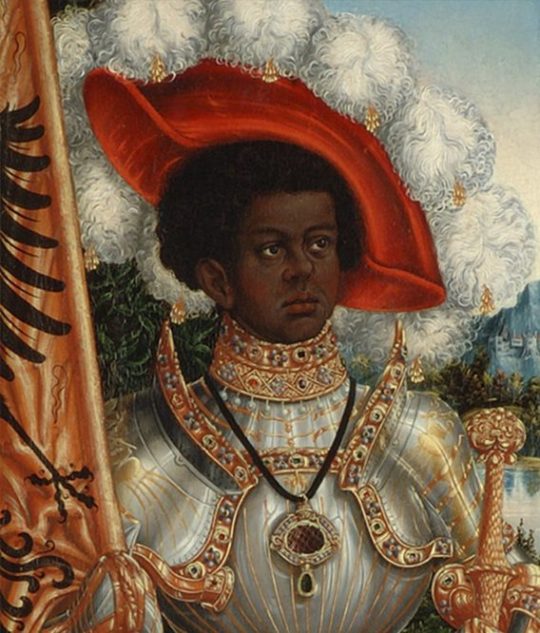
View On WordPress
#African Historical Figure#African History#Ancient Egyptians#Egyptian military leader#Saint Maurice#Theban Legion of Rome
0 notes
Text
Benny The Butcher & B$F Team Up On New Visuals "Saint Maurice"
Benny The Butcher and B$F link up for a new video for their single "Saint Maurice".
While Buffalo, New York is recovering from one of their worst snow storms in history, Griselda boss Benny The Butcher brings the heat for his town delivering a dope new video “Saint Maurice.”
Joining Benny is his Black Soprano Family who has enjoyed quite a year in 2022, especially with the release of their latest collaboration Long Live Dj Shay. The project included the whole B$F roster as…

View On WordPress
0 notes
Text
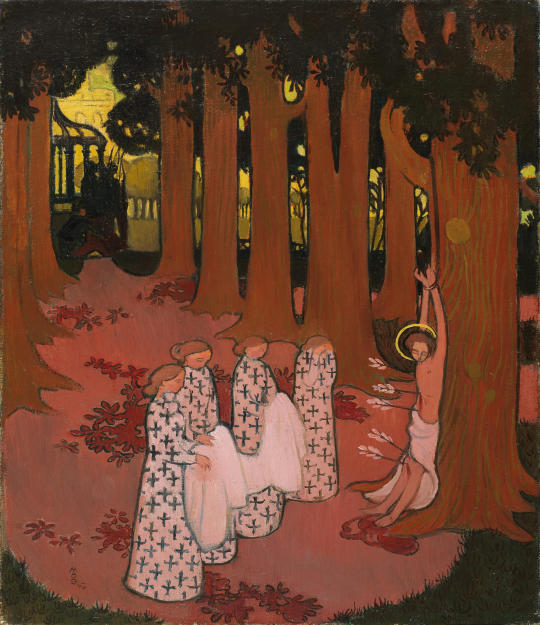
Maurice Denis (French, 1870-1943), Le martyre de Saint-Sébastien [The Martyrdom of Saint Sebastian], 1893. Oil on canvas, 41 x 32.5 cm.
2K notes
·
View notes
Text
The Sword of St Maurice
The Deepeeka Sword of St. Maurice is based on a fine original which was once the coronation sword for the Holy Roman Emperors and is still a part of the Imperial Treasury in Vienna. This sword was used for over 700 years as the coronation sword for the Emperors and last performed this duty for Emperor Karl of Austria as king of Hungary in 1916. Deepeeka’s recreation has a handforged blade of C60 high carbon steel with a tempered hardness of 48-52 Hrc. Like the original, it is a large and long-bladed sword of a type that was intended for a professional, knightly warrior.
The blade is robustly mounted into the hilt with a solid peen over the pommel. Its guard and pommel are antiqued brass and the wooden grip is tightly bound in wrapped brass wire surmounted by intricately knotted brass knotwork ferrules. The crossguard is magnificently detailed with inscription on both sides which reads: Christus Vincit Christus Reinat and Christus Imperat (Christ Conquers, Christ Reigns and Christ Commands). The matching scabbard is skillfully crafted from wood and wrapped in tightly stitched high quality vegetable tanned leather which is dyed ochre in hue. Included are two belt loops so that it can be worn with your own sword belt.
#Kult of Athena#KultOfAthena#Review Video#Video Review#Test Video#Test Cutting Video#video#Demo Video#Deepeeka#The Sword of St Maurice#Sword of St Maurice#St Maurice#Saint Maurice#sword#swords#weapon#weapons#blade#blades#Vienna#Holy Roman Emperor#Holy Roman Emperors#Coronation Sword#Imperial Treasury of Vienna#Rome#Roman#Austria#Emperor Karl of Austria#Europe#European Sword
0 notes
Text
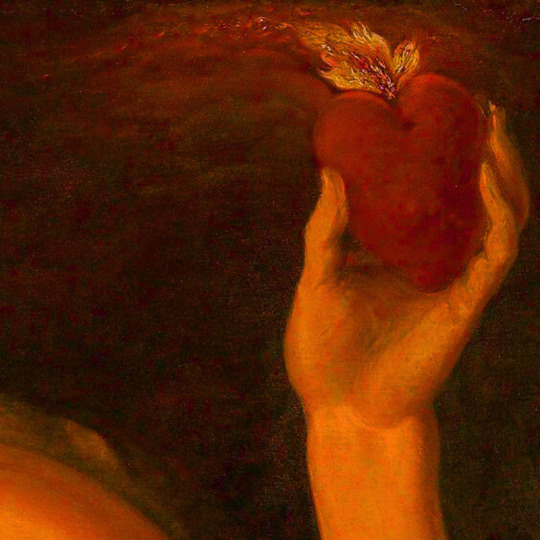
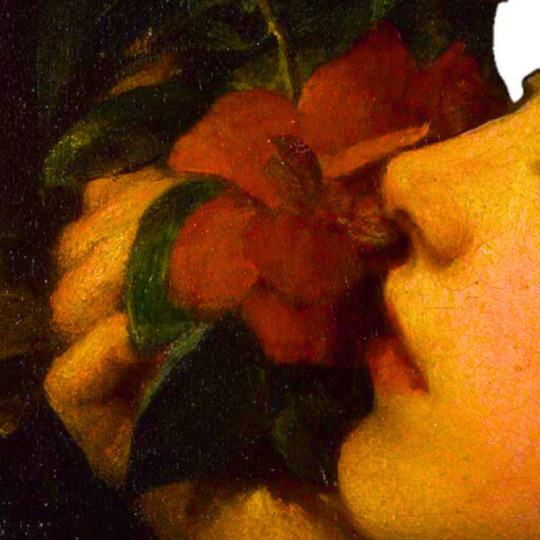
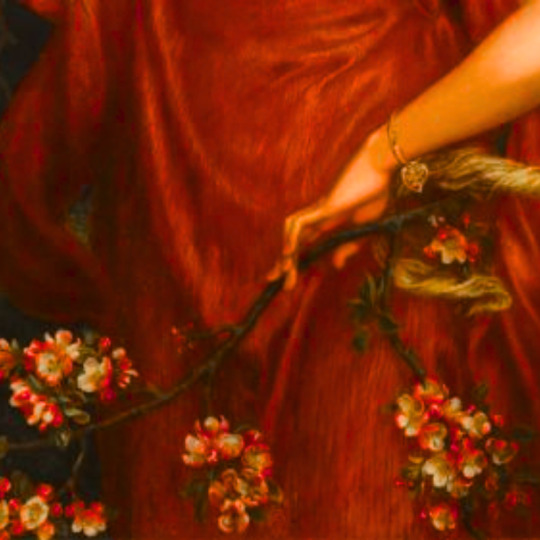


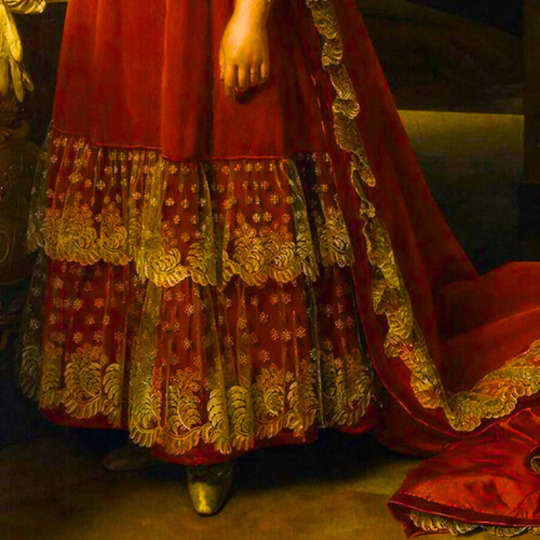
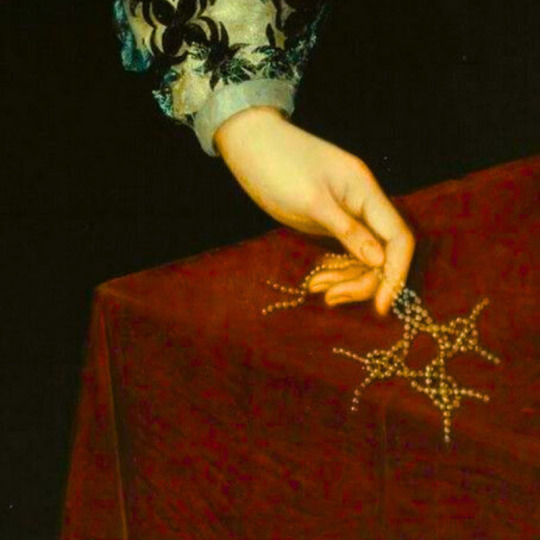
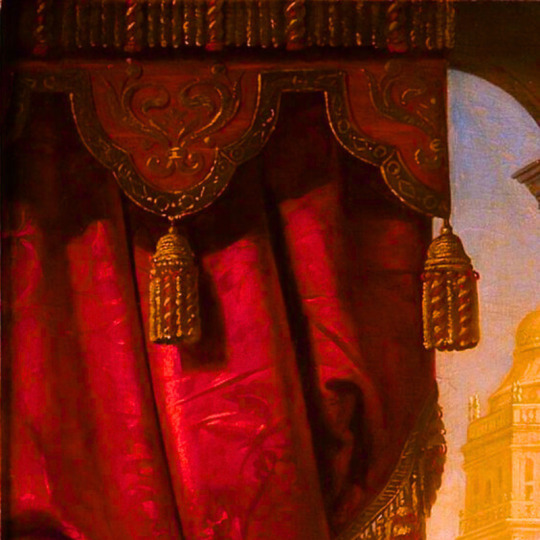







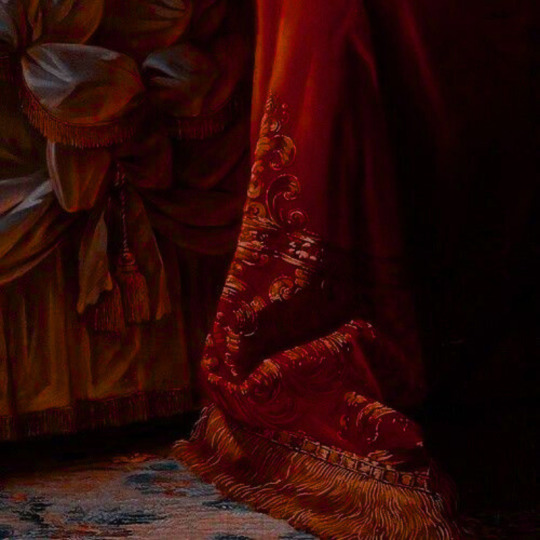
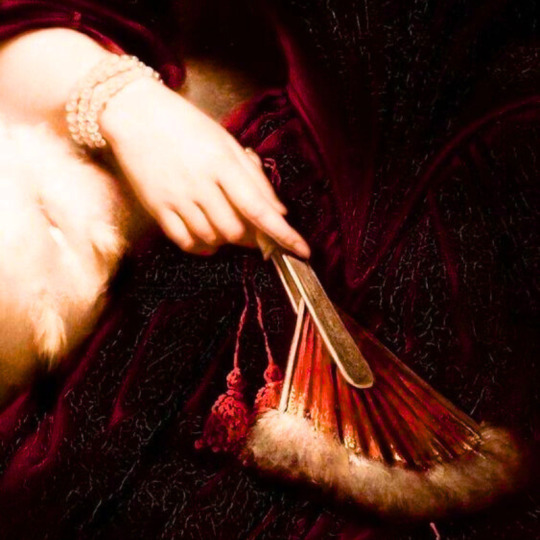
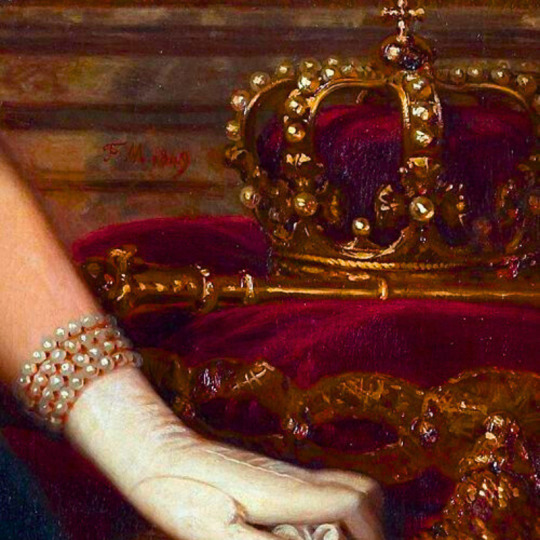
red + art
#venus and cupid by jacob de gheyn#ellen terry by george frederic watts#a vision of fiammetta by dante gabriel rossetti#portrait of mrs. alexander spark by maurice felton#cherries by jan davidsz de heem#portrait of marie therese of france by alexandre-franocis caminade#cant find artist#dona dolores tos ta de santa anna by juan cordero#artist is volker hermes#saint joan of arc by paul antoine de la boulaye#pomegrantes by elena kubysheva#-cant find artist#titania and puck with fairies dancing by william blake#-cant find artist-#--cant find artist#artist is Elisabeth Louise Vigée-LeBrun#artist is Jan Adam Kruseman#artist is Federico de Madrazo#-cant find artist---#art#art history
1K notes
·
View notes


